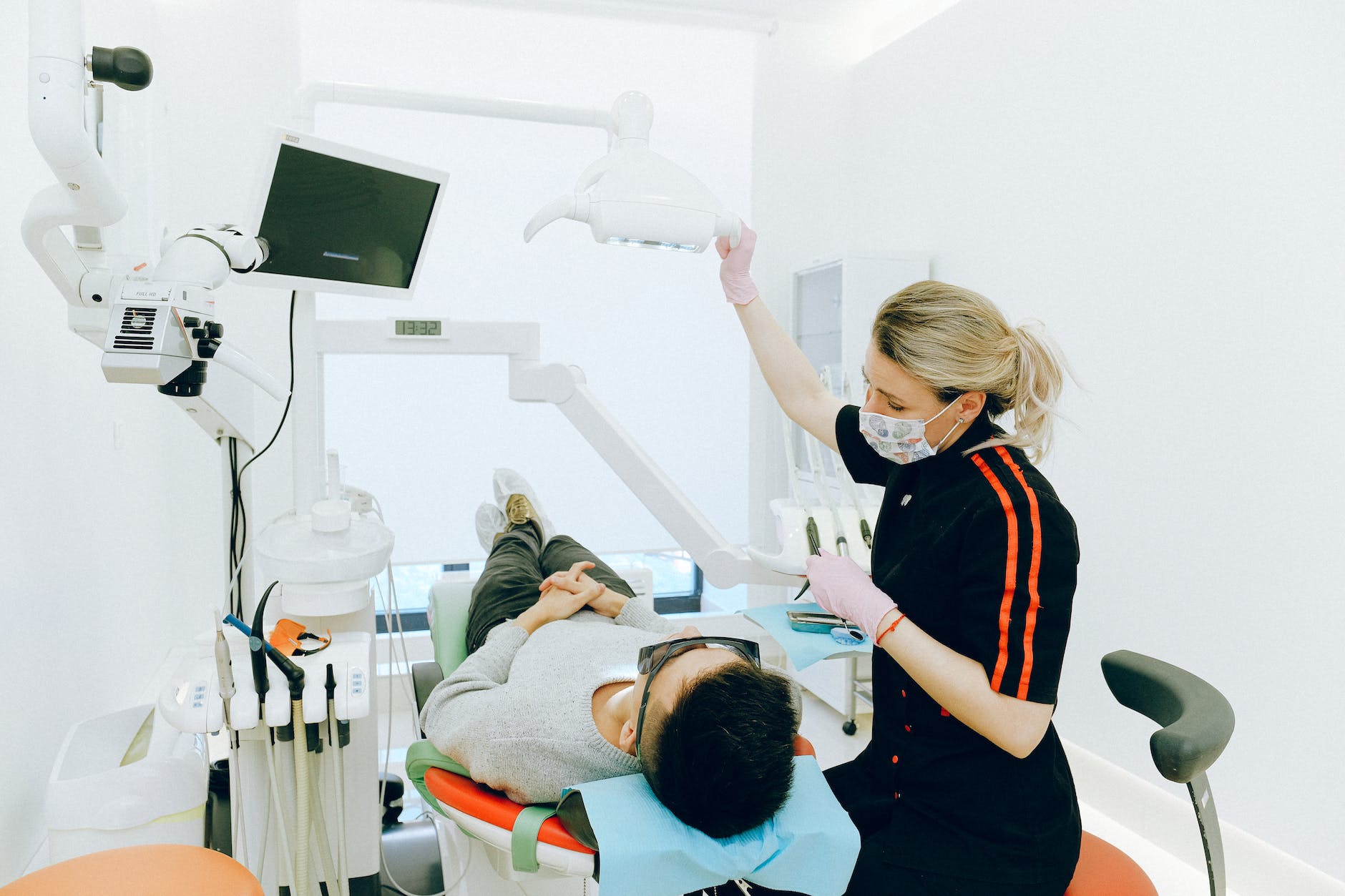Innovations Shaping Future Dental Materials
The field of dentistry is undergoing a significant transformation, thanks to the rapid development of new materials and technologies that promise to revolutionize dental care. From the restoration of damaged teeth to the replacement of lost ones, the future of dental materials is set to provide patients with more durable, aesthetically pleasing, and functionally superior options than ever before. In this article, we will explore the latest advancements in dental biomaterials and cutting-edge technologies that are shaping the future of dentistry, offering insights into how these innovations will impact both dental practitioners and patients.
Advancements in Dental Biomaterials
The development of new dental biomaterials is at the forefront of enhancing the quality and longevity of dental restorations. Bioactive materials, for instance, have the capability to interact positively with the biological tissues in the mouth, promoting healing and tissue regeneration. These materials are not only designed to fill cavities but also to release minerals such as calcium and phosphate, which are essential for the remineralization of teeth. Consequently, bioactive materials are anticipated to significantly reduce the incidence of secondary caries and extend the life of dental restorations.
Another innovative area in dental biomaterials is the creation of smart polymers that can change their properties in response to stimuli such as temperature, pH, or the presence of bacterial biofilm. These polymers can be engineered to release antimicrobial agents when needed, targeting the exact location of infection and reducing the risk of bacterial resistance. Moreover, advancements in nanotechnology have led to the development of nanocomposites, which provide superior strength and aesthetic properties. These nanocomposites are highly resistant to wear and tear, mimicking the natural translucency of tooth enamel, making them an ideal choice for both anterior and posterior restorations.
The quest for more biocompatible materials has also led to significant research into dental ceramics and glass ionomers. These materials are favored for their tooth-like appearance and compatibility with the body’s natural tissues. Latest generations of ceramics are being engineered to be even more fracture-resistant and durable, while glass ionomer advancements are focused on enhancing their mechanical properties and longevity. Together, these materials are setting new standards for the restorative capabilities of dental care, promising a future where dental work is not only functional but also indistinguishable from natural dentition.
Cutting-Edge Technologies in Dentistry
In the realm of technology, digital dentistry is transforming the way dental treatments are conceived and delivered. Digital impressions and CAD/CAM (Computer-Aided Design/Computer-Aided Manufacturing) systems are now commonplace in many dental practices, allowing for the precise design and fabrication of dental restorations in a single visit. This not only enhances patient comfort by eliminating the need for traditional impressions but also significantly reduces the turnaround time for the production of crowns, veneers, and other prosthetic devices.
3D printing, also known as additive manufacturing, is another groundbreaking technology that is starting to make its mark in dental material fabrication. With the ability to print complex dental structures layer by layer, 3D printing enables the production of custom-fit implants, dentures, and aligners with unprecedented speed and accuracy. The technology is also expanding the possibilities for biomimetic materials, allowing for the creation of scaffolds that can support tissue regeneration and the growth of bone within the oral cavity.
Moreover, the integration of artificial intelligence (AI) in dental diagnostics and treatment planning is poised to enhance the precision and predictability of dental care. AI algorithms can analyze dental images to detect pathologies with a high degree of accuracy, often surpassing human detection capabilities. This not only improves diagnostic accuracy but also aids in creating more personalized treatment plans. As AI continues to evolve, it will likely become an indispensable tool in the dental office, aiding clinicians in decision-making and ensuring optimal patient outcomes.
The future of dental materials and technologies is incredibly promising, poised to deliver exceptional improvements in the way dental care is provided. The innovations in biomaterials are leading to restorations that are more durable, aesthetic, and biocompatible, while cutting-edge technologies like digital dentistry, 3D printing, and AI are revolutionizing treatment planning and execution. As these advancements continue to unfold, they will undoubtedly enhance the patient experience, improve clinical outcomes, and redefine the standards of dental practice. The next generation of dental materials and technologies will not only restore function and aesthetics but will also promote oral health, ensuring that the smiles of the future are healthier and brighter than ever before.

